- Menu
- Shop By Category
Dark mode
Treading products
-
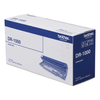 Brother DR-1000 Original Drum Unit, BlackQAR 140.00
Brother DR-1000 Original Drum Unit, BlackQAR 140.00 -
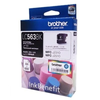 Brother LC563BK Black Ink CartridgeQAR 48.00
Brother LC563BK Black Ink CartridgeQAR 48.00 -
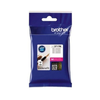 Brother LC3717M Magenta Ink CartridgeQAR 48.00
Brother LC3717M Magenta Ink CartridgeQAR 48.00 -
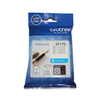 Brother LC3717C Cyan Ink CartridgeQAR 48.00
Brother LC3717C Cyan Ink CartridgeQAR 48.00 -
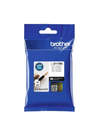 Brother LC3717BK Black Ink CartridgeQAR 55.00
Brother LC3717BK Black Ink CartridgeQAR 55.00
Shop By Category
Treading products
-
 Brother DR-1000 Original Drum Unit, BlackQAR 140.00
Brother DR-1000 Original Drum Unit, BlackQAR 140.00 -
 Brother LC563BK Black Ink CartridgeQAR 48.00
Brother LC563BK Black Ink CartridgeQAR 48.00 -
 Brother LC3717M Magenta Ink CartridgeQAR 48.00
Brother LC3717M Magenta Ink CartridgeQAR 48.00 -
 Brother LC3717C Cyan Ink CartridgeQAR 48.00
Brother LC3717C Cyan Ink CartridgeQAR 48.00 -
 Brother LC3717BK Black Ink CartridgeQAR 55.00
Brother LC3717BK Black Ink CartridgeQAR 55.00







